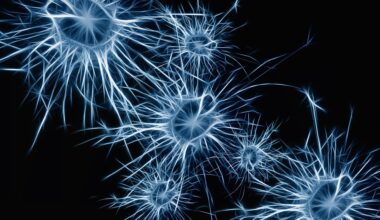Gradual exposure to triggers shows promise as a novel intervention for persistent post-concussion symptoms.
Concussion follows a traumatic brain injury that violently jostles the head and brain, and one that can leave lasting mental scars. Around 10-20 per cent of adults will develop post-concussion symptoms that persist beyond three months after their injury. Left unchecked, they can lead to long-term disability, dramatically reducing a person’s ability to function and enjoy daily life.
New research led by DMCBH member and Vancouver Coastal Health Research Institute researcher Dr. Noah Silverberg found great promise in a novel approach to help prevent long-term disability among people with persistent post-concussion symptoms.
Silverberg’s study, published in Archives of Physical Medicine and Rehabilitation, tested the effects of two separate protocols on two study groups of people with post-concussion fear-avoidance behaviour.
Thirty-seven out of the total 73 participants in Silverberg’s randomized controlled trial received the graded exposure therapy (GET) protocol after an average 12.9 weeks following their concussion. GET identifies avoidance behaviours and the fear of pain and worsening concussion symptoms that underlies them.
GET study participants were sensitised to situations and activities they associated with pain through gradual exposure to these triggers.
“People with concussion can become very worried about doing anything that might worsen their symptoms,” he explains. “They may avoid tasks that require prolonged concentration, such as reading, out of concern that doing so could bring on a headache.”
“The idea is that the more someone understands that their avoidance behaviour is unnecessary, the greater chances they have to decouple the experience of pain from sources of fear.”
Dr. Noah Silverberg
Even imagining that something is scary can elicit a pain response, notes Silverberg. By exposing an individual who is afraid of reading to short intervals of reading, they can gradually build up their tolerance for that behaviour until they no longer associate it with pain.
While the early stages following a concussion can often involve frequent headaches when engaged in simple activities, symptoms should improve with time, notes Silverberg. “People who avoid a task that requires concentration out of fear that it could lead to a headache run the risk of never knowing how far they are along their road to recovery.”
Fear management versus overexertion
The second intervention tested was the Pacing+ protocol. This approach—given to the other 36 participants—assumes that people with persistent symptoms from concussion might engage in behaviour that is too challenging for them, putting them on a rollercoaster of periods of overexertion followed by periods of recovery.
“For example, if someone has five hours of gardening to finish and they try to do it all at once, they may end up burning themselves out and unable to do anything the next day,” explains Silverberg, who has worked with traumatic brain injury patients for over 12 years.
Pacing+ encourages people who have experienced a concussion to identify their limits and create a game plan for tackling tasks manageably.
“They may plan to do two hours of gardening in the morning each day when they feel the most refreshed, followed by a couple of hours of rest,” says Silverberg. “By not overexerting themselves all at once, they can extend the number of productive hours in each day.”
Silverberg found that while GET was effective at reducing the avoidance behaviour that can lead to long-term disability, Pacing+ did not have a significant effect on limiting how often individuals overexposed themselves to triggering behaviour.
As a result, the next phase of Silverberg’s investigations will focus solely on the use of GET as an intervention to improve psychological coping among people with persistent post-concussion symptoms. This next research study will help determine whether GET has similar effects across a larger study cohort.
Dr. Noah Silverberg is an academic neuropsychologist and assistant professor in the Department of Psychology at the University of British Columbia.
This story was originally published on the Vancouver Coastal Health Research Institute’s website.


